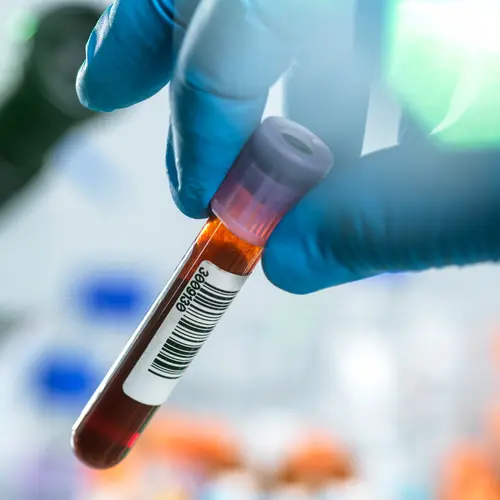Some men get enlarged breast tissue. It’s called gynecomastia.
Maybe you've heard people call the condition “man boobs.” It’s usually not anything to worry about. Nor does it have to be permanent. Here’s what you should know.
Causes
It’s normal. Seventy percent of boys get it during puberty. It’s caused by natural changes in estrogen (a "female hormone" that men also have) and testosterone. Newborn babies sometimes have short-term gynecomastia, too. That’s because some of their mothers’ estrogen stays in their blood for a while after birth.
Middle-aged and older men can also have the condition. It could be due to aging (which also shifts hormone levels) or because of certain medicines, including some:
- Antibiotics
- Heart medicines
- Anti-anxiety drugs
- AIDS treatments
- Tricyclic antidepressants
- Chemotherapy
- Drugs that treat heartburn
Marijuana and drugs like heroin, amphetamines, and steroids can cause it. So can drinking too much alcohol.
Herbal products that contain tea tree oil or lavender oil can also increase breast size. That’s because they have natural estrogen that can upset your body’s normal hormone levels.
Sometimes it happens because of another health problem, like an overactive thyroid, kidney disease, or a tumor on one of the glands that controls your hormones.
Symptoms
Men with gynecomastia have a firm, rubbery mass underneath the nipple area. It’s usually less than an inch and a half across and may be tender. Sometimes there aren’t other symptoms. You may notice some fluid discharge.
It can affect one breast or both.
Diagnosis
The cause of gynecomastia isn’t always clear. So it’s a good idea to check in with your regular doctor or an endocrinologist, a doctor who specializes in hormone imbalances. During your appointment they may ask you:
- How old were you when you noticed a change in your breast size?
- Does the condition run in your family?
- Have you noticed a difference in your nipple size?
- Have you had any discharge or pain?
- How's your overall health?
- Do you drink alcohol, use drugs, or have you had infertility problems?
Your doctor may test your blood or hormones to get more information if a physical exam shows that your breast size is larger than normal, the lump is sore, or your lymph nodes are swollen.
Gynecomastia caused by breast cancer is rare. But if your doctor suspects a tumor, they may send you for a mammogram. Some men also get a biopsy -- a small piece of the lump will be removed, then looked at more closely in a lab.
Treatment
Usually you don't need to be treated. Teenagers' breasts will go back to a more normal shape on their own, often within 2 to 3 years. During that time, ice packs and ibuprofen can lessen any pain.
If a health issue is causing your gynecomastia, treating it will help. And if your breast size has changed because of a medicine you’re taking, you’ll see an improvement once you stop or switch to another drug. (But don’t do so without talking to your doctor first.) It’s also important to give up alcohol and any illegal drugs.
If your condition doesn't go away and you don't like the look of your chest, your doctor may prescribe a medicine that reduces the amount of estrogen your body makes.
Surgery can also restore the shape of your chest and improve your self-image. After making a small cut, a plastic surgeon removes any extra breast tissue. Because your breast will then become smaller and flatter, they may also need to reposition the nipple or areola (the dark area around it). Some guys get liposuction, too. That’s where the doctor suctions out extra fat under the skin.
While surgery is meant to give lasting results, you’ll need to stick to a healthy lifestyle to keep your new shape. Gaining too much weight, using steroids, or taking drugs that affect your testosterone levels can all cause your gynecomastia to come back.

